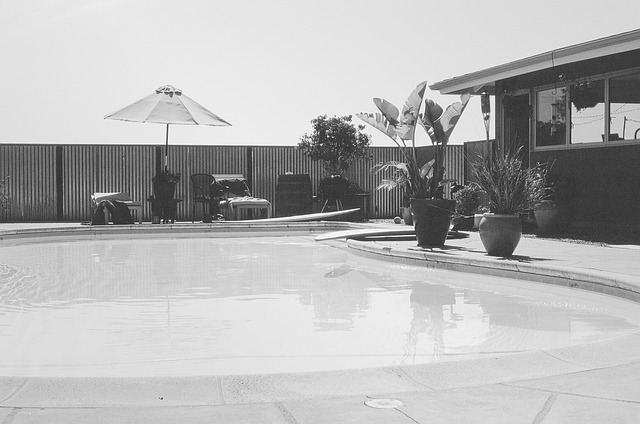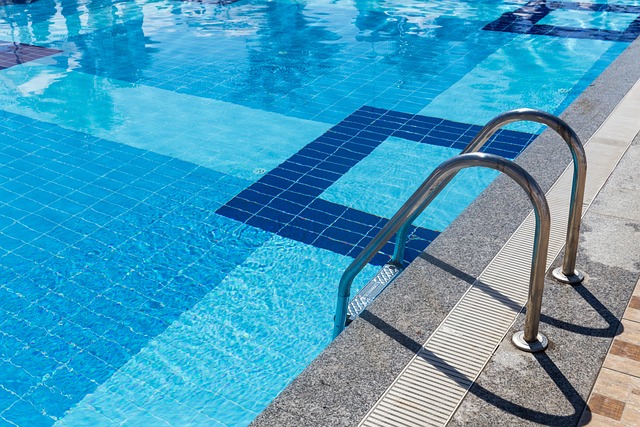Restoring a flagstone patio involves a detailed process that includes evaluating the current condition of the stones and joints, addressing any structural issues like cracks or sinking, and planning for a stable, safe, and aesthetically pleasing outdoor space. The restoration can range from simple cleaning to complex interventions, with the goal of enhancing both functionality and visual appeal. Key steps include clearing debris, preparing the subbase for stability and drainage, repairing or replacing damaged stones, applying durable sealants, and integrating design elements that improve safety and ambiance, such as consistent lighting and complementary vegetation or decorations. The use of colors and materials in the restoration should align with the flagstone's natural look to maintain its charm and character. This process not only revitalizes the patio but also ensures it can endure environmental factors for years to come, making it a durable and attractive addition to any home.
Refining your outdoor living space can elevate the ambiance of your home. This article delves into transforming a weathered flagstone patio into an elegant retreat with restoration techniques that smooth rough edges, ensuring a seamless and refined appearance. From assessing existing conditions to employing expert restoration methods, we guide you through creating a serene and polished patio environment. Join us as we explore the nuances of flagstone patio restoration for a space that reflects sophistication and attention to detail.
- Assessing the State of Your Flagstone Patio: Identifying Issues and Setting Goals for Restoration
- Clearing the Space: Preparatory Steps for a Flawless Flagstone Patio Restoration
- The Restoration Process: Techniques for Smoothing Out and Sealing Your Flagstone Patio
- Enhancing Your Flagstone Patio's Aesthetic: Design Elements and Finishing Touches for a Refined Look
Assessing the State of Your Flagstone Patio: Identifying Issues and Setting Goals for Restoration

When considering a flagstone patio restoration project, the first step is to thoroughly assess the current state of your outdoor space. This involves a careful examination of the stone slabs, the joints between them, and the overall structure for signs of wear or damage. Over time, environmental factors such as frost heaves, vegetative growth, and ground settlement can cause flagstone surfaces to shift, crack, or become uneven. Identifying these issues early on is crucial for planning an effective restoration process. Common problems may include loose stones, sunken areas, moss or algae growth, and weed intrusion into the joints.
Once the issues are identified, setting clear goals for your flagstone patio restoration becomes essential. The objective might be to achieve a level, stable surface that enhances the aesthetic appeal of your outdoor living area while ensuring safety and longevity. Restoration efforts may range from a simple cleaning and re-sanding of the joints to a more comprehensive overhaul involving the removal and re-laying of stones, regrading of soil, or even reinforcement with geotextile fabric for added stability. Prioritizing the repair of structural integrity issues, such as sinking or cracked stones, is often the first step in the restoration process. Additionally, selecting appropriate sealants to protect against future damage and choosing the right joint sand to complement the flagstone’s natural beauty are key decisions that will contribute to a refined patio appearance and ensure the longevity of your outdoor space. Flagstone patio restoration is not just about improving appearances; it’s about creating an inviting, durable, and functional area that can be enjoyed for years to come.
Clearing the Space: Preparatory Steps for a Flawless Flagstone Patio Restoration

To achieve a refined and seamless appearance for your patio, meticulous preparation is key when undergoing flagstone patio restoration. The first step in this process is clearing the space where the flagstones will be or are being laid. This involves removing all debris, weeds, and overgrown vegetation from the area. A clean canvas not only allows for a more accurate assessment of the current condition of the patio but also ensures that the new flagstone surface can bond properly with the substrate. During this phase, it’s crucial to inspect the existing flagstones for any signs of damage or wear. Any damaged stones should be carefully lifted and set aside for potential reuse or replacement. The cleared space will also facilitate the leveling of the ground, which is essential for the stability and longevity of the patio.
Once the area is cleared, the next preparatory step involves assessing the subbase and ensuring it is stable and level. A well-prepared subbase is the foundation upon which the flagstones will lie, and its quality directly impacts the patio’s durability and aesthetic appeal. Compacting the soil and laying a layer of gravel serves as a crucial base layer that helps with water drainage and provides a solid platform for the flagstones. With a proper subbase in place, the subsequent layers, including sand and mortar bedding, can be laid down to create a smooth and even surface for the flagstones to be placed upon. This careful attention to detail in the preparatory stages is what distinguishes an average patio from one that exudes sophistication and charm through flagstone patio restoration.
The Restoration Process: Techniques for Smoothing Out and Sealing Your Flagstone Patio

A flagstone patio, with its natural beauty and durability, is a coveted outdoor feature for many homeowners. Over time, however, exposure to the elements can lead to wear and tear, causing the once pristine surface to develop rough edges and cracks. The restoration process for a flagstone patio is both an art and a science, requiring careful techniques to ensure a refined appearance that stands up to future use.
The first step in the restoration of a flagstone patio is thorough cleaning. This involves removing dirt, moss, algae, and other debris that can accumulate over years of exposure. High-pressure washing is often employed to effectively clear these elements without damaging the stone. Once clean, the surface is assessed for any damaged or loosened stones. These are carefully lifted, and the underlying soil is compacted to prevent further movement. Any significant cracks or holes in the flagstone are filled with a sand-based mortar that closely matches the color of the patio’s existing stones. This not only improves the appearance but also enhances the structural integrity of the patio.
After addressing physical imperfections, the final step is sealing the patio to protect it from future environmental damage and to maintain its smooth, refined finish. A high-quality sealant is applied evenly across the surface, ensuring that every crevice between stones is coated. This protective layer prevents moisture from penetrating and freezing in the joints, which can cause additional cracking and heaving over time. Proper sealing also inhibits algae and moss growth, keeping the patio both safe and aesthetically pleasing. With these restoration techniques, a flagstone patio can be revitalized to look as good as new, providing a smooth, enduring outdoor space for years to come.
Enhancing Your Flagstone Patio's Aesthetic: Design Elements and Finishing Touches for a Refined Look

To elevate the aesthetic of your flagstone patio and create a refined outdoor space, incorporating strategic design elements is key. Consider the layout of your patio; a well-planned arrangement can define different areas for dining, lounging, or even a tranquil garden nook. The natural texture and varied shades of flagstone can be complemented by the introduction of consistent landscape lighting, which not only enhances safety but also sets a warm ambiance after sundown. Selecting lighting fixtures that match the patio’s color palette can harmonize the entire setting, ensuring a cohesive look.
In addition to layout and lighting, the finishing touches should focus on accentuating the natural beauty of the flagstone. This can be achieved through the careful placement of planters with low-maintenance greenery or native flowers that echo the stone’s earthy tones. The incorporation of decorative elements such as sculptures or wind chimes can add a personal touch, reflecting your style while maintaining the natural allure of the flagstone patio. Finally, consider the addition of outdoor rugs or mats in complementary colors to soften the lines and create a welcoming atmosphere underfoot. These subtle enhancements contribute to a refined and inviting patio environment, making it an extension of your home’s interior design and a perfect setting for relaxation or entertainment. Flagstone patio restoration projects that focus on these design elements and finishing touches can significantly improve the visual appeal and functionality of your outdoor space.
In conclusion, transforming an aged flagstone patio into a refined outdoor retreat is a rewarding endeavor that enhances both the functionality and beauty of your living space. By meticulously assessing the condition of your patio and setting clear restoration goals, followed by thorough preparations and employing specialized techniques to smooth edges and seal surfaces, your flagstone patio can achieve an impeccable finish. The final touches, such as incorporating complementary design elements, elevate the overall aesthetic, ensuring your patio becomes a harmonious extension of your home’s ambiance. A flagstone patio restoration not only refreshes your outdoor space but also creates a lasting impression for years to come.
